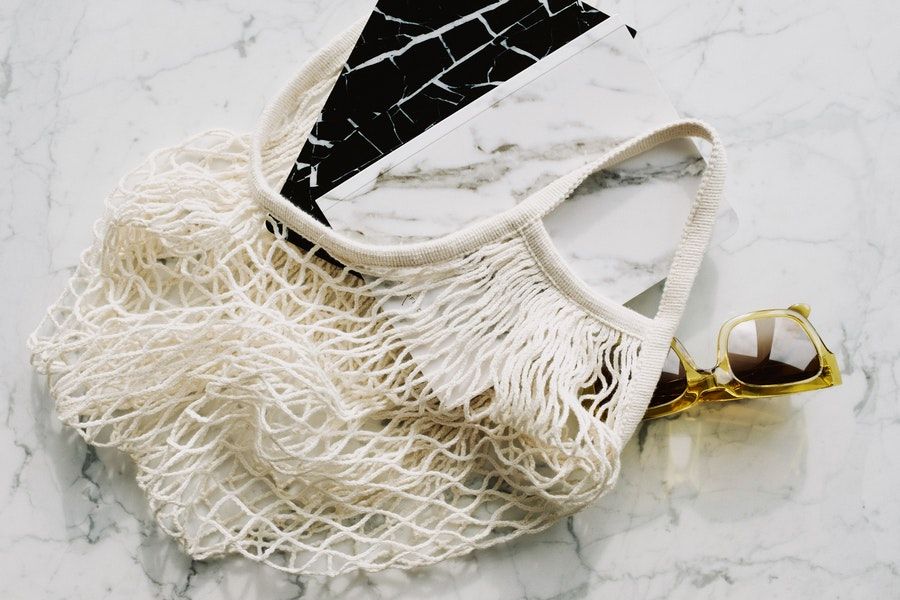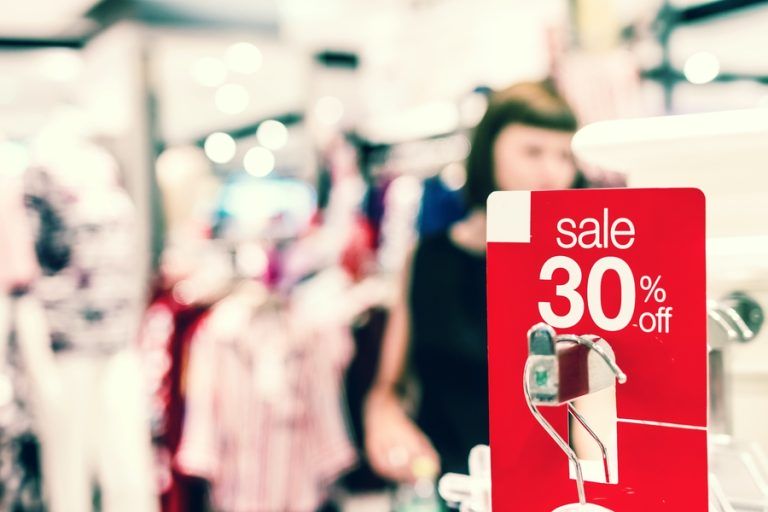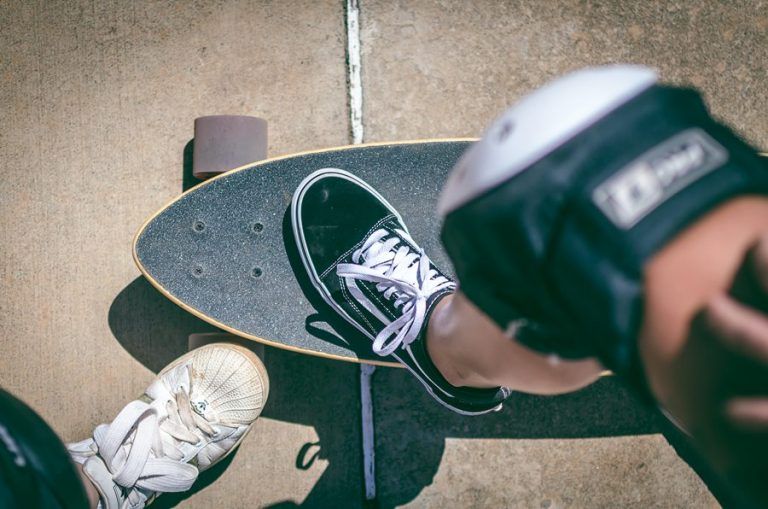PMR: Five key trends in Poland’s fashion retail in 2020

Wpis dostępny jest także w języku:
![]() polski
polski
The coronavirus pandemic was the defining event of 2020. Its most profound consequence was to accelerate customer migration to online channels. Covid and e-commerce are the recurring themes in our pick of top five trends in fashion retail in Poland in 2020.
Online share of industry sales rises sharply
E-commerce had been a substantial and growing part of the Polish C&F market for some time, but the outbreak of the coronavirus pandemic in March 2020 gave it an unprecedented boost. Temporary lockdowns of physical stores, sanitary protocols and limits on customer numbers after reopening, shoppers worried about catching the virus… A PMR survey conducted early in the pandemic showed a third of Poles bought clothes and shoes online more often than before the outbreak.
The share of e-commerce in the leading players’ revenues rose dramatically. At LPP, the largest retailer of clothing in Poland, the online share of domestic sales almost doubled to 20% in the first three quarters of 2020. At VRG, another big domestic clothier, it went from 14% in 2019 to 25% in 2020. At CCC, the number one retailer of shoes, e-commerce contributed 47% of consolidated sales in 2020, up from 25% in 2019.
Meanwhile, Answear.com, the Polish fashion e-commerce website, saw its business grow by more than 30% in 2020.
Importantly, the gains that e-commerce made in 2020 are likely to be permanent. The pandemic probably accelerated the customer shift to online channels by several years.
E-commerce innovations
As shoppers flocked to online channels, fashion retailers improved their e-commerce offerings and capabilities, in some cases dramatically. This is a major factor in why we think the changed customer behaviours will outlast Covid. CCC, which had placed omnichannel and digital at the heart of its new strategy, unveiled weeks before the outbreak, decided to use the pandemic to speed up its investment and innovation in this field even more. Two of its projects in particular are worth mentioning.
In April, at the height of the initial lockdown, CCC’s e-commerce subsidiary eobuwie.pl announced it had built its pioneering foot scanning solution, esize.me – available in its showrooms and in select CCC stores – into its mobile app (or to be more precise, a simpler, 2D version of esize.me.) Esize.me lets customers choose shoes that best match the shape of their feet without trying them on, and the new feature meant you did not have to visit a physical store first to have your foot scanned – all you needed was a smartphone and an A4 sheet of white paper. Meanwhile, CCC stepped up the rollout of esize.me scanners in stores. In June, they were already available in 190 CCC stores and in 23 eobuwie showrooms. That month, CCC announced that the number of people who had scanned their feet using esize.me surpassed one million – the largest such database in the world.
Inability to try items on to see if they fit properly has always been a top reason given by consumers for not shopping online for clothes and shoes. But already before Covid it looked like advances in augmented reality (AR) and 3D product visualisation could make the problem obsolete in a matter of years, as virtual fitting rooms and similar tools became common. CCC’s accelerated rollout of esize.me in 2020 is an example of how the pandemic might bring that moment forward.
Lockdown fashion
Poles spent more time at home than ever before in 2020 due to the pandemic and its restrictions. Many worked from home, keeping in touch with colleagues only via video. All this had important consequences, not only for the channels people used to shop for fashion, but also for the way they dressed and, as a result, for the kind of clothes they sought to buy. Demand for easy, comfortable items increased. Consumers also looked for things they could wear at home and still look stylish and fashionable. One result were higher sales of tracksuits. Brands that specialise in the category, like Warsawsaints, Risk or Hiobu, were winners.
Other brands moved to get in on the trend. Tezenis, the lingerie brand, teamed up with Kappa, the sportswear brand, to launch a joint collection spanning underwear, nightwear and “easywear”, including tracksuits, leggings and T-shirts. At a more general level, the pandemic accelerated the consumer shift away from formal wear.
Rising return volumes
The pandemic further accentuated an issue that is closely associated with the rise of fashion e-commerce, namely rising returns volumes. All estimates show the return rate for online purchases is higher than for in-store purchases. The entry of Zalando into Poland a few years back, with its policy of free, easy returns, has proved a major milestone, setting new standards of customer service that competitors feel they have to match. (The growing market share of online-only brands has been a factor in its own right, too.) In a PMR survey, 83% respondents said easy returns were an important consideration in their purchases of clothes and shoes, whether online or in-store. Easy returns were particularly important for female respondents, who shop online for fashion more than men. In its annual report for 2019 CCC said „obligations related to returns” payable within three months were PLN 40.2m (€8.9m) as of 31 December, up from PLN 22.2m (€4.9m) a year earlier.
Answear.com, which took advantage of positive investor sentiment towards online fashion stocks in 2020 to list its shares on the Warsaw Stock Exchange in order to raise capital for further dynamic expansion, revealed in its IPO prospectus that its rate of returns is 29%, which it described as low by fashion industry standards. In the first nine months of 2020 returns at Answear.com were 29.33% of orders, up slightly from 29.06% a year earlier. But since its business grew sharply over this period, returns increased from PLN 87m (€19.2m) to almost PLN 115m (€25.4m) – a jump of 32% (sales grew by 29%).
More celeb brands
The rise of e-commerce lowers barriers to entry for new fashion brands. The trend for Poland’s celebrities to create their own brands accelerated in 2020. Actress Julia Wieniawa, one of the country’s hottest young influencers, launched LEMISS, a brand of athleisure clothes. Fellow influencer Julia Kuczynska, known as Maffashion, created EPPRAM, focused on women’s jackets. Journalist Anna Wendzikowska announced her own brand called Loriini, which makes a point of sewing in Poland.
They joined a field that already includes e.g. influencer Jessica Mercedes’ Veclaim, which combines boho with minimalism, or stylist Zosia Slotala’s Petite Maison, a brand of children’s clothes.
About the author
Karolina Szałas
Retail Market Analyst
Analyst with over three years of experience in retail market. Areas of specialization: clothing and footwear market, cosmetics market and e-commerce.









IN THE LAST THREE WEEKS I HAVE MADE OVER $93,000 JUST WITH $15,000 INVESTMENT, ITS ACTUALLY MY FIRST ONLINE TRADE INVESTMENT AND I AM AMAZED AND GLAD, THANK YOU JOSE BUTLER AND TEAM. YOU CAN EASILY CONTACT THEM BELOW
Email. josebutler.os@hotmail.com
WhatsApp +1 (415) 841-2137